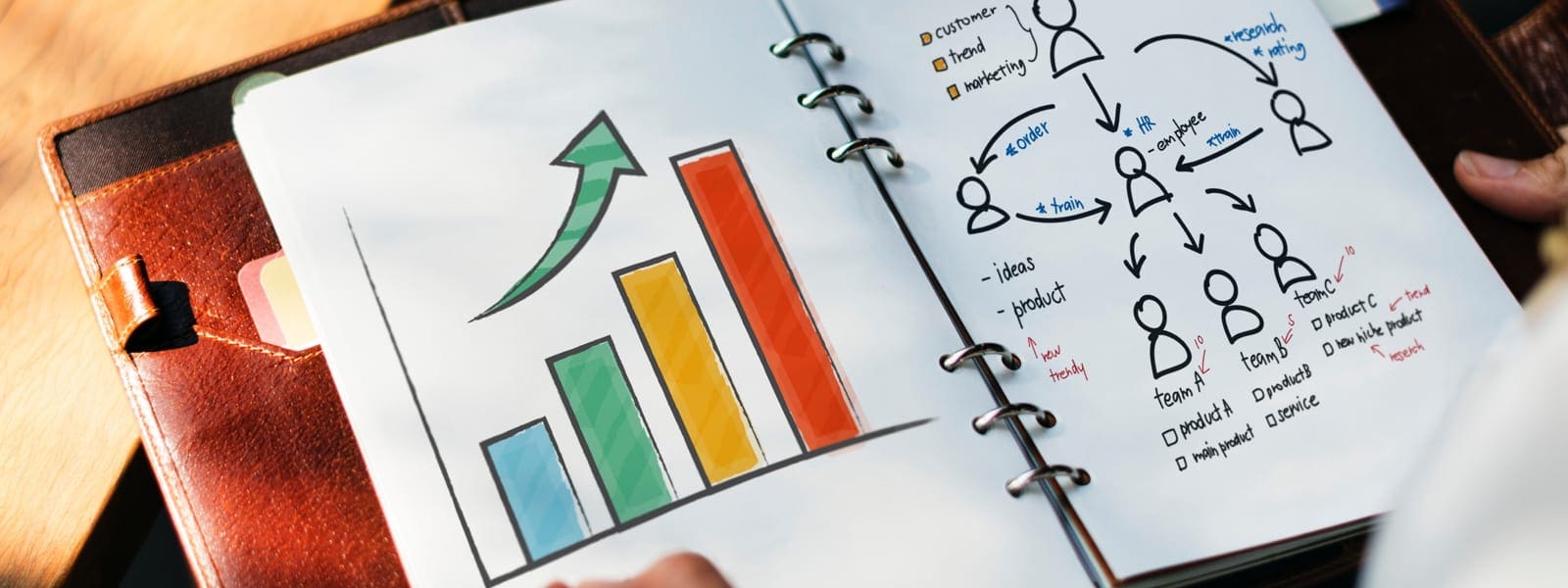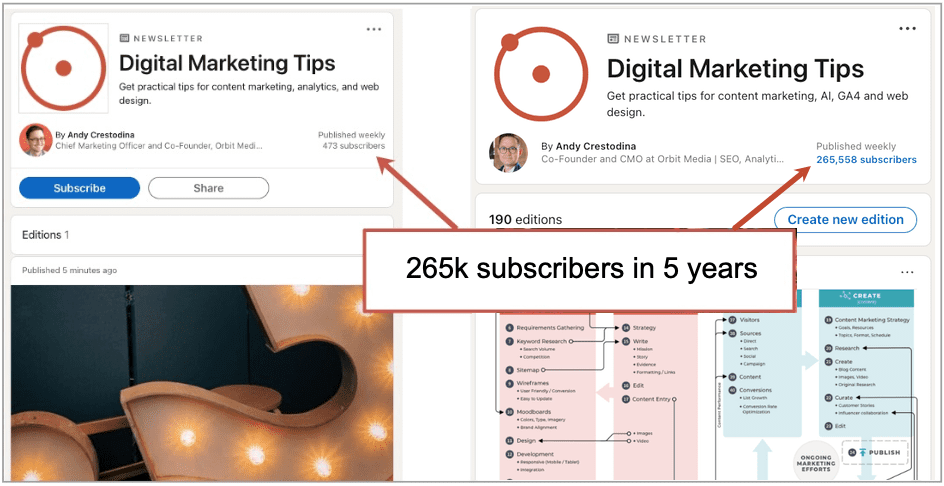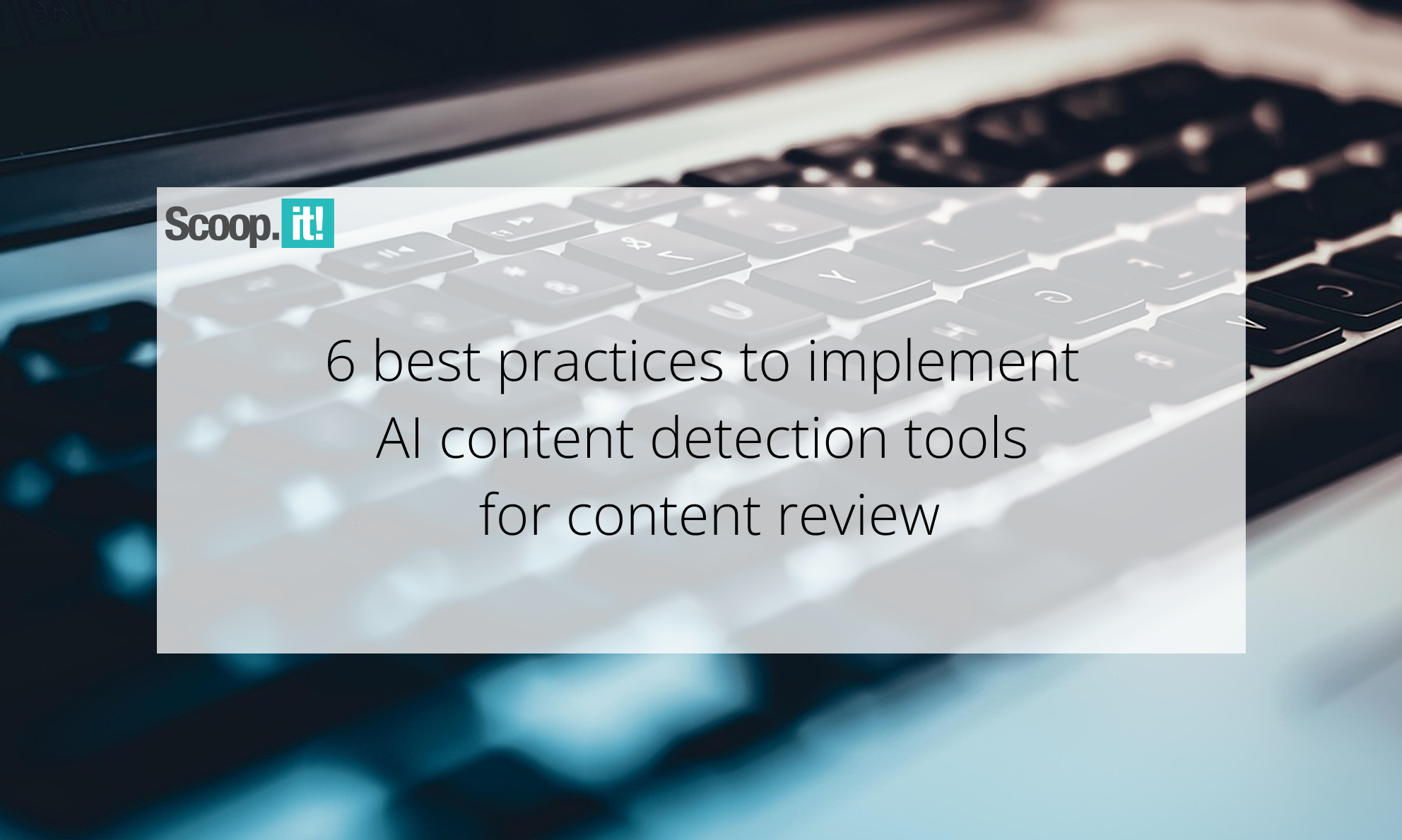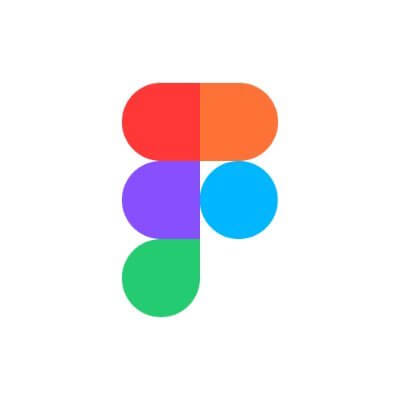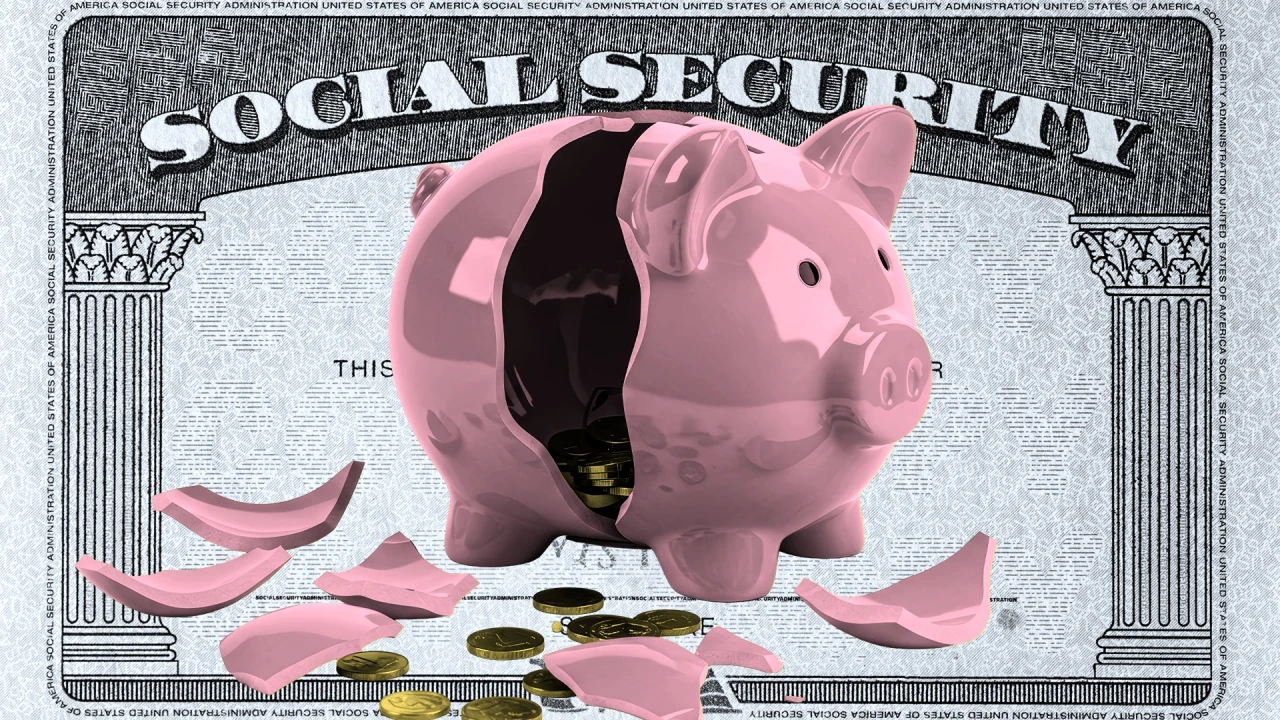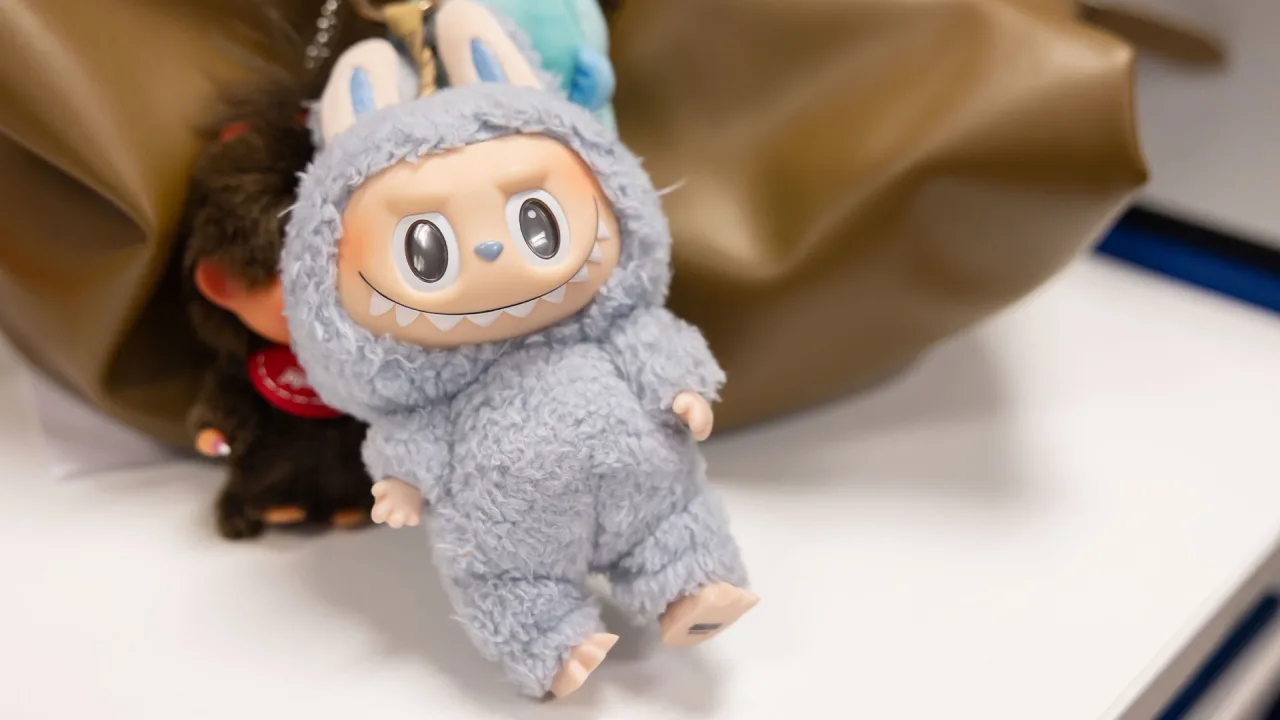Marc Lore wants AI to feed you—and make you healthier
Billionaire entrepreneur, NBA owner, and CEO of Wonder Marc Lore reveals that he plans all his meals with AI—and he loves it. It’s just one part of his vision for transforming people’s relationship to food and health. His startup, Wonder, has already acquired Blue Apron, Grubhub, and the media brand Tastemade. Lore shares how these acquisitions and embrace of personalized AI-driven dining are all laddering up to a “superapp for mealtime.” This is an abridged transcript of an interview from Rapid Response, hosted by Robert Safian, former editor-in-chief of Fast Company. From the team behind the Masters of Scale podcast, Rapid Response features candid conversations with today’s top business leaders navigating real-time challenges. Subscribe to Rapid Response wherever you get your podcasts to ensure you never miss an episode. How do you describe what Wonder is? At the core, Wonder is a vertically integrated food-delivery platform. So think Grubhub, but we actually own the restaurants. So we both do the delivery, we own the restaurants, and we cook the food. That enables us to have a superior delivery experience. So out of a single, 2,800-square-foot kitchen, we can cook 30 different restaurants across 30 different cuisines, so everything from a high-end steakhouse, Bobby Flay Steak, José Andrés, Spanish tapas, burgers, barbecue, Chinese, Mexican, Italian, Middle Eastern, Thai, 30 different cuisines with only two pieces of electric cooking equipment. It’s set up more like a micro-fulfillment center. All the food is fresh and it’s cooked to order. How does one kitchen offer hundreds of menu items and operate with as few as two staffers? You’re not reheating frozen food. So are you using different kind of equipment, different kind of processes, all of that? Yeah, it’s different equipment, different processes. The proteins are sous vide, so they’re par-cooked. They sit in a tank of hot water. Restaurants do something similar, but we do that ahead of time so we’re able to finish a steak in six minutes to perfect temp every time. We’re able to cook a pizza in 90 seconds. We can cook pasta without water. We’ve invented new ways of cooking food where we can replicate the quality, but also do it with a lot less labor. And the benefit for consumers is being able to order from multiple restaurants in a single delivery so you can order from five different restaurants and get it all delivered hot in under 30 minutes. When I asked you how you describe what Wonder is, I was curious which direction you were going to go in because your history and part of Wonder is sort of the tech side, and there’s been talk about being a “superapp,” which is kind of a buzzy term these days. So can you square those things for me? The bigger vision is a “superapp for mealtime,” meaning all the ways in which a consumer might want to consume food. It could be first-party through Wonder, it could be from your local restaurant delivered via Grubhub, it could be a meal kit from Blue Apron, it could be groceries, it could be even restaurant reservations, so all the ways in which you eat. The reason why we want to capture all those occasions is because we’re building this AI-based platform wrapper around it that’s going to, in the future, be able to autonomously feed you according to your budget and health goals. Autonomously feed you. So I’m not going to decide what it is I want to eat. The AI is going to tell me what I want to eat or what I should eat? AI will learn your food preferences better than you do yourself and that you’ll be happy to rely on AI. So personally, now about 90% of my meals are all AI derived. So AI tells me what to eat for breakfast, lunch, and dinner. That’s the oatmeal that I was explaining to you this morning. I should ask you to tell everybody what you had for breakfast this morning. You told me this story before I started recording, and I was compelled by the specificity of it. It was steel-cut oatmeal with five—not four, not six—five raw walnuts, two tablespoons of flaxseed, two tablespoons of chia seed, half a banana, and half a teaspoon of cinnamon. It’s your custom recipe. But just because that’s what you had today doesn’t mean that that’s what AI’s going to tell you to have tomorrow. No, but I rate it very highly, so AI does know I do like to eat that, so I do get that quite often. I basically get my blood work done. I have my Oura ring, my blood glucose monitoring, all the blood results, all the biomarkers, all the data gets fed to AI. I set health goals, and based on the health goals and based on the foods I love, it basically tells me, “Okay, well then eat this for breakfast, eat this for lunch, eat this for dinner.” In the future, if I go out to a restaurant for dinner, AI will be able to tell me what to order off the menu because now we have 375,000 menus via Grubhub. So that’s the future. It’s pretty technocratic though, right? A lot of people take joy in sor
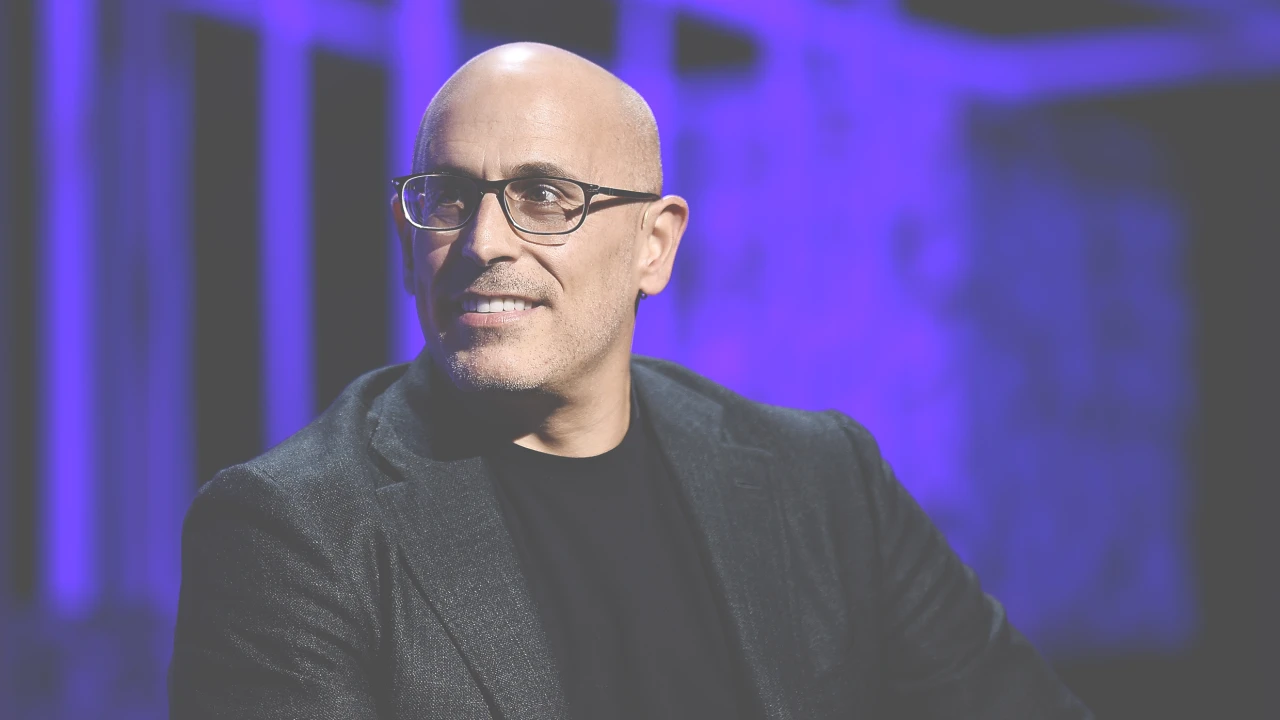
Billionaire entrepreneur, NBA owner, and CEO of Wonder Marc Lore reveals that he plans all his meals with AI—and he loves it. It’s just one part of his vision for transforming people’s relationship to food and health. His startup, Wonder, has already acquired Blue Apron, Grubhub, and the media brand Tastemade. Lore shares how these acquisitions and embrace of personalized AI-driven dining are all laddering up to a “superapp for mealtime.”
This is an abridged transcript of an interview from Rapid Response, hosted by Robert Safian, former editor-in-chief of Fast Company. From the team behind the Masters of Scale podcast, Rapid Response features candid conversations with today’s top business leaders navigating real-time challenges. Subscribe to Rapid Response wherever you get your podcasts to ensure you never miss an episode.
How do you describe what Wonder is?
At the core, Wonder is a vertically integrated food-delivery platform. So think Grubhub, but we actually own the restaurants. So we both do the delivery, we own the restaurants, and we cook the food. That enables us to have a superior delivery experience. So out of a single, 2,800-square-foot kitchen, we can cook 30 different restaurants across 30 different cuisines, so everything from a high-end steakhouse, Bobby Flay Steak, José Andrés, Spanish tapas, burgers, barbecue, Chinese, Mexican, Italian, Middle Eastern, Thai, 30 different cuisines with only two pieces of electric cooking equipment. It’s set up more like a micro-fulfillment center. All the food is fresh and it’s cooked to order.
How does one kitchen offer hundreds of menu items and operate with as few as two staffers? You’re not reheating frozen food. So are you using different kind of equipment, different kind of processes, all of that?
Yeah, it’s different equipment, different processes. The proteins are sous vide, so they’re par-cooked. They sit in a tank of hot water. Restaurants do something similar, but we do that ahead of time so we’re able to finish a steak in six minutes to perfect temp every time. We’re able to cook a pizza in 90 seconds. We can cook pasta without water. We’ve invented new ways of cooking food where we can replicate the quality, but also do it with a lot less labor. And the benefit for consumers is being able to order from multiple restaurants in a single delivery so you can order from five different restaurants and get it all delivered hot in under 30 minutes.
When I asked you how you describe what Wonder is, I was curious which direction you were going to go in because your history and part of Wonder is sort of the tech side, and there’s been talk about being a “superapp,” which is kind of a buzzy term these days. So can you square those things for me?
The bigger vision is a “superapp for mealtime,” meaning all the ways in which a consumer might want to consume food. It could be first-party through Wonder, it could be from your local restaurant delivered via Grubhub, it could be a meal kit from Blue Apron, it could be groceries, it could be even restaurant reservations, so all the ways in which you eat. The reason why we want to capture all those occasions is because we’re building this AI-based platform wrapper around it that’s going to, in the future, be able to autonomously feed you according to your budget and health goals.
Autonomously feed you. So I’m not going to decide what it is I want to eat. The AI is going to tell me what I want to eat or what I should eat?
AI will learn your food preferences better than you do yourself and that you’ll be happy to rely on AI. So personally, now about 90% of my meals are all AI derived. So AI tells me what to eat for breakfast, lunch, and dinner. That’s the oatmeal that I was explaining to you this morning.
I should ask you to tell everybody what you had for breakfast this morning. You told me this story before I started recording, and I was compelled by the specificity of it.
It was steel-cut oatmeal with five—not four, not six—five raw walnuts, two tablespoons of flaxseed, two tablespoons of chia seed, half a banana, and half a teaspoon of cinnamon.
It’s your custom recipe. But just because that’s what you had today doesn’t mean that that’s what AI’s going to tell you to have tomorrow.
No, but I rate it very highly, so AI does know I do like to eat that, so I do get that quite often. I basically get my blood work done. I have my Oura ring, my blood glucose monitoring, all the blood results, all the biomarkers, all the data gets fed to AI. I set health goals, and based on the health goals and based on the foods I love, it basically tells me, “Okay, well then eat this for breakfast, eat this for lunch, eat this for dinner.” In the future, if I go out to a restaurant for dinner, AI will be able to tell me what to order off the menu because now we have 375,000 menus via Grubhub. So that’s the future.
It’s pretty technocratic though, right? A lot of people take joy in sort of choosing what to eat, or being . . . I don’t know, trying something different that maybe they didn’t know they liked.
I mean, based on my own personal experience, I love it. I can’t imagine having to think about what I want to eat because it knows the ingredients you like and so it comes up with different meals that are new and you’re like, “Wow, I never even thought about eating this,” and then you wind up liking it, so the variety’s there. It remembers every great meal you’ve ever had. So if I rated something 9.5 six months ago, I forgot it two weeks later. AI doesn’t forget. And so these great dishes get rotated. If you leave it up to me, I’m thinking of the same three things, probably what I had yesterday or the day before, and maybe a couple other things. The brain, it’s not good at remembering all the great meals you’ve ever had, but AI doesn’t forget. So think about it not as a computer telling you what to do, but it’s really a better version of yourself. It’s sort of like if you could capture the best of your brain’s abilities to think about food, that’s AI.
And when you talk to the celebrity chefs you deal with, José Andrés or Bobby Flay or Marcus Samuelsson, and you tell them this story, are they like, “Oh, that’s great,” or are they like, “Well, wait a minute, that’s what we bring to it?”
No. I mean, it doesn’t change. Think about it. You could as an artist, as a creative, as a chef, create a bunch of dishes that you hope resonate with people, and then each individual person’s AI is going to have different preferences, and it’s going to prefer certain meals over others. So nothing changes. The creative canvas is still necessary. It’s still valuable. It doesn’t change that at all.
What it does change is having to go to a restaurant and having to spend time, look at the menu, look at everything. I mean, it’s just, boom, there it is, get this. AI knows you better than your partner or better than your best friend. You might have biomarkers that have issues. I had low iodine, I had high mercury. I don’t have to think about it. AI is giving me kelp to fix my iodine. I’m not getting tuna because I have high mercury. It’s taking care of all these health issues in the background without having to think about it.
So it’s like my personal food critic and my personal doctor working together to give me what’s ideal.
It’s really fascinating because it’s able to fix your health issues but still get good scores. So number one, you have to love the food. Okay. Now, given the foods you love, AI, you have to now make Marc healthy. And so AI does these little things, and I see it trying things that are a little bit more healthy, and I give it a bad rating. It’s like, “Okay, he doesn’t want to. . . . That’s too healthy for him,” right? And so it’s found a really nice happy medium now where I love every meal, and I’ve never been healthier, and I’m not having to think about what I want to eat. I don’t spend any time on it. I sit down. It’s a great meal. I mean, this is the future.



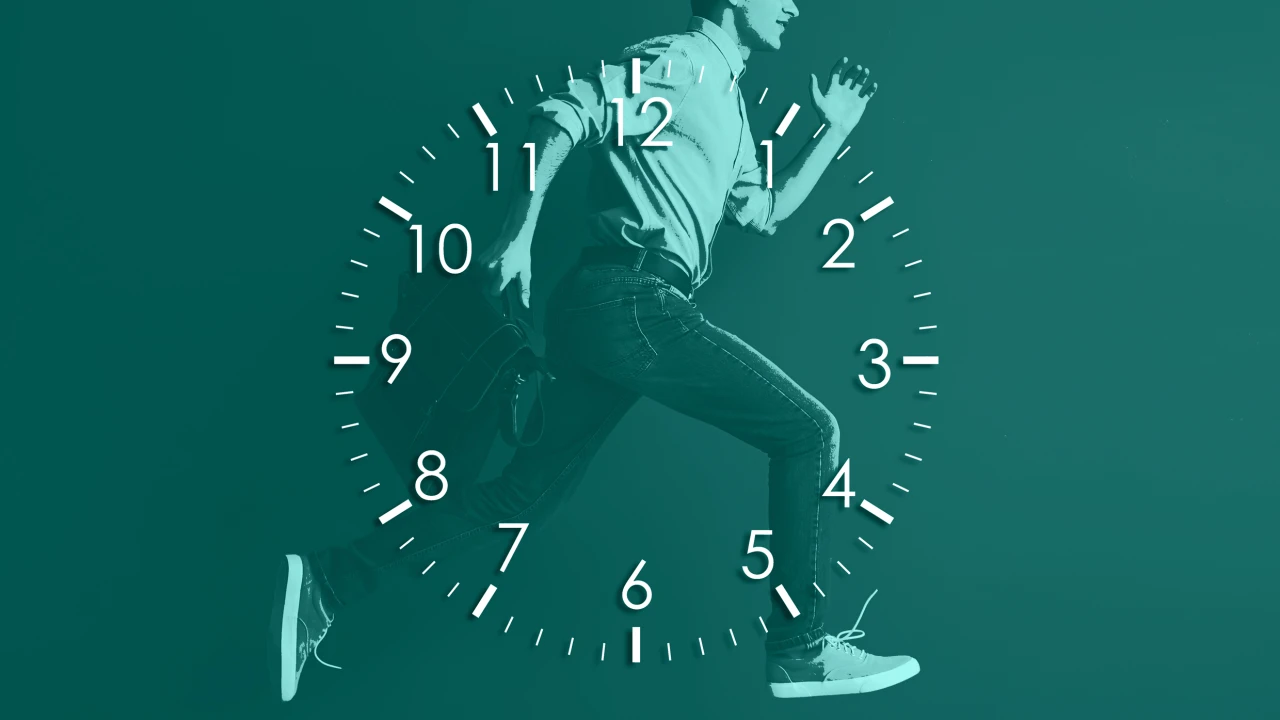





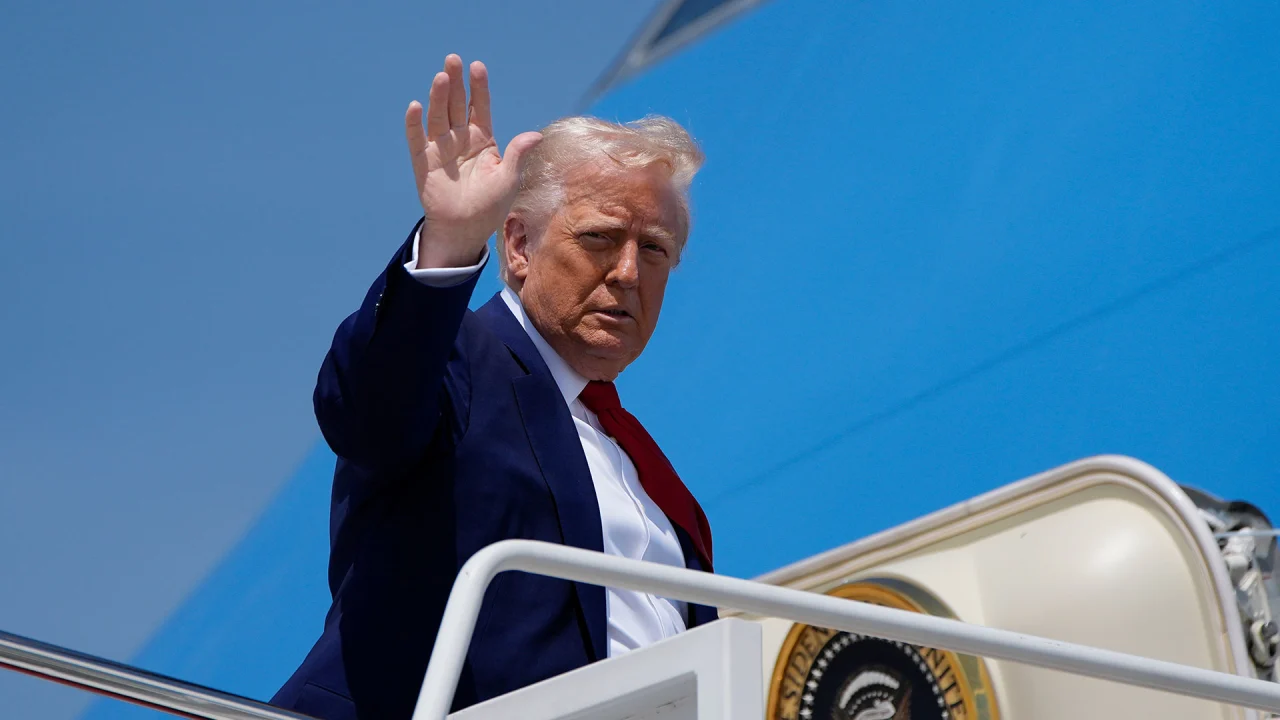






































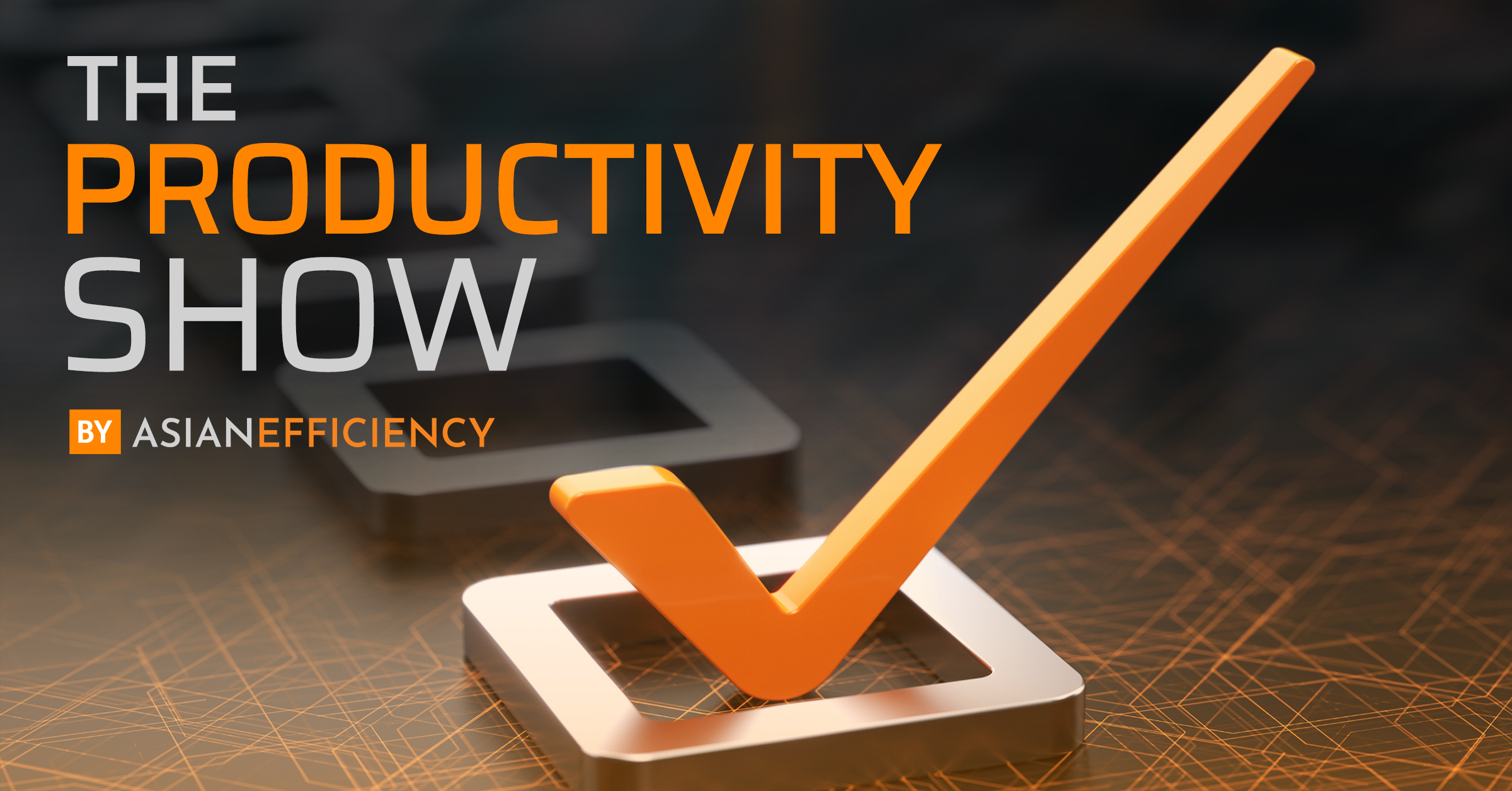
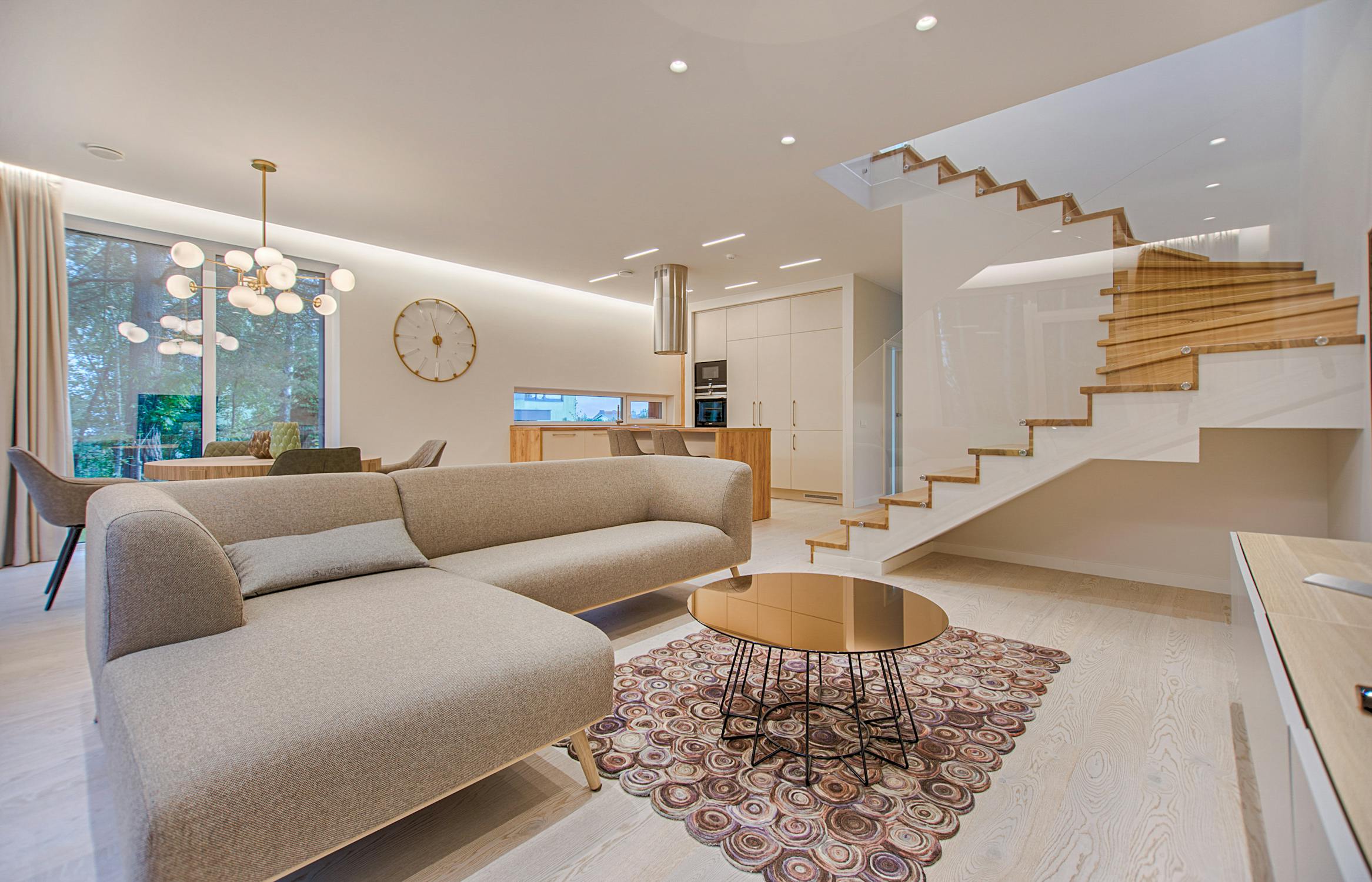













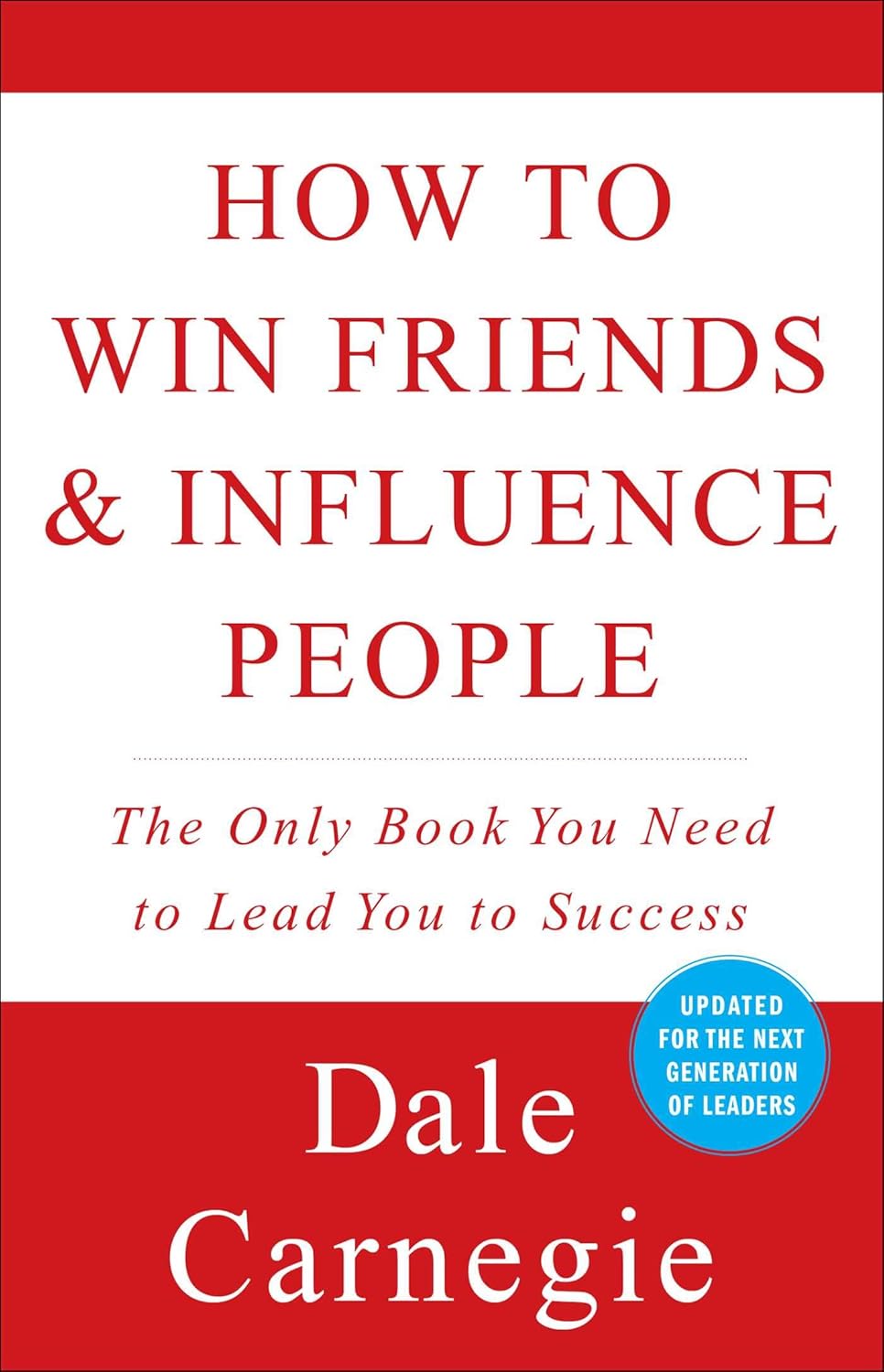




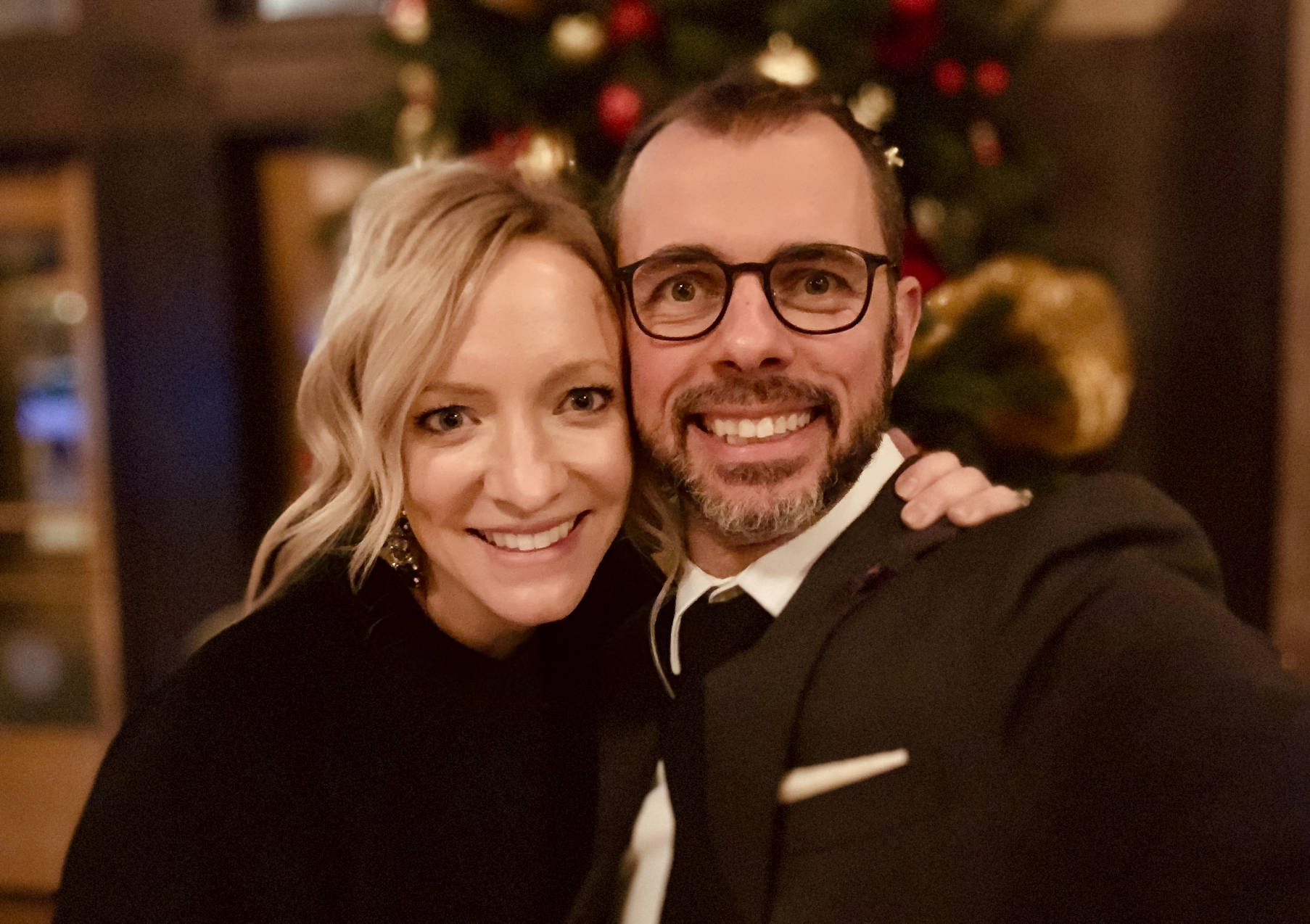














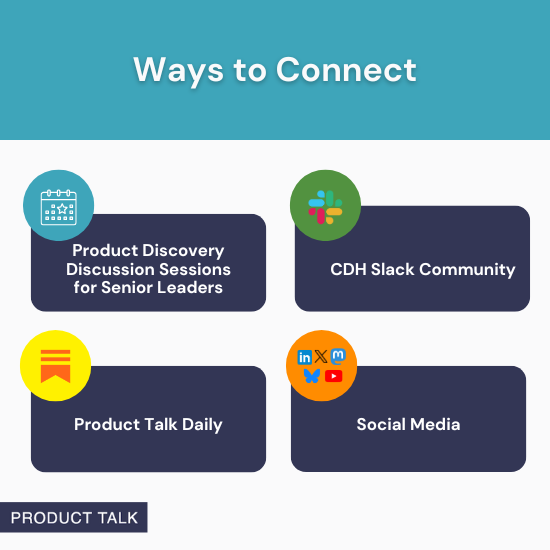
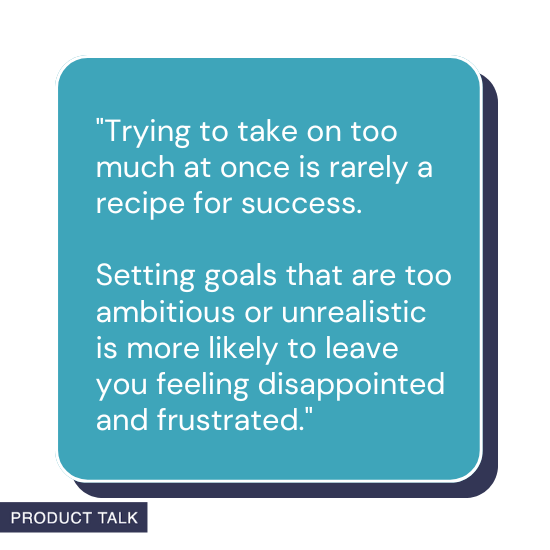

















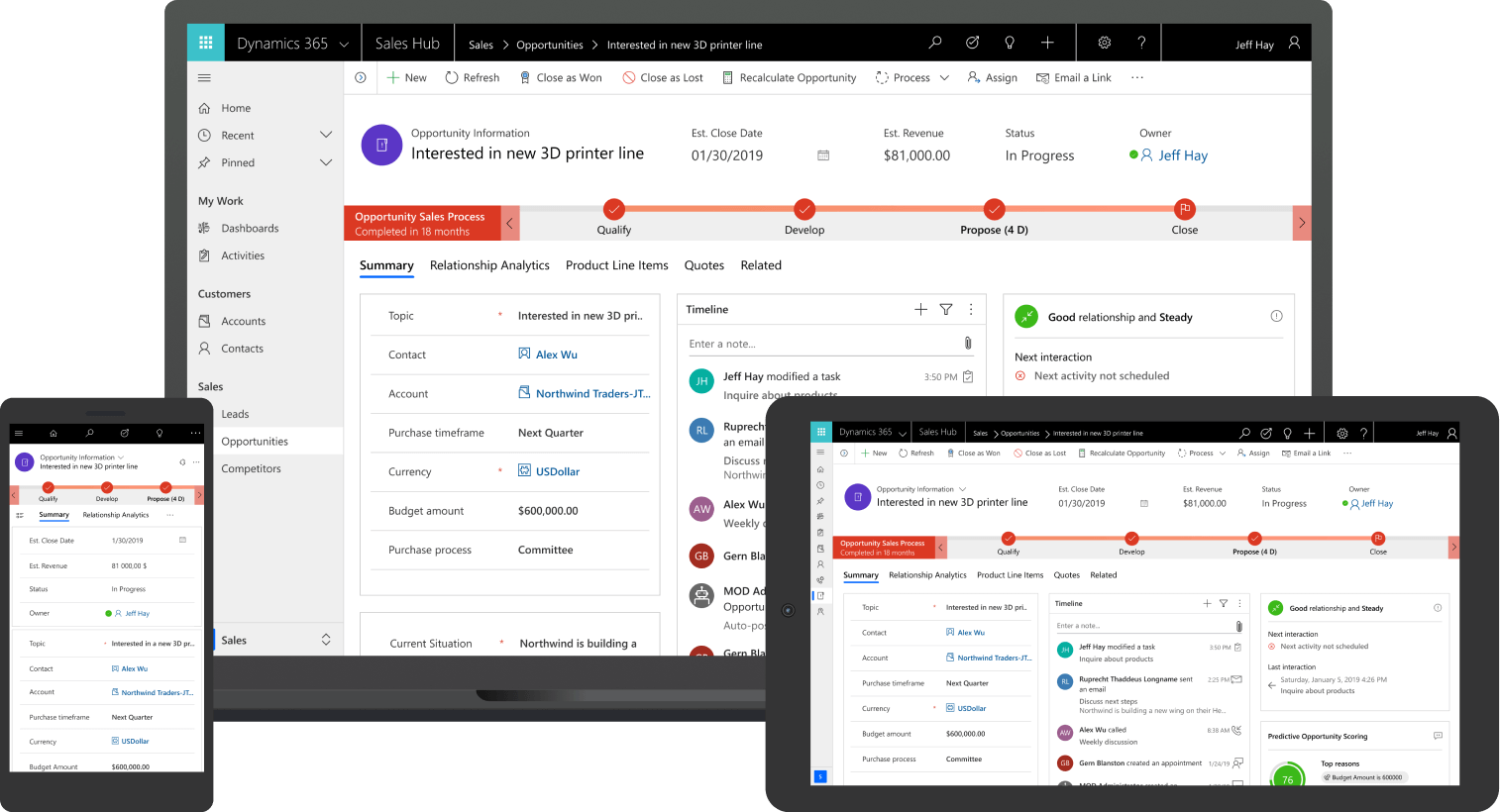
![Building A Digital PR Strategy: 10 Essential Steps for Beginners [With Examples]](https://buzzsumo.com/wp-content/uploads/2023/09/Building-A-Digital-PR-Strategy-10-Essential-Steps-for-Beginners-With-Examples-bblog-masthead.jpg)









